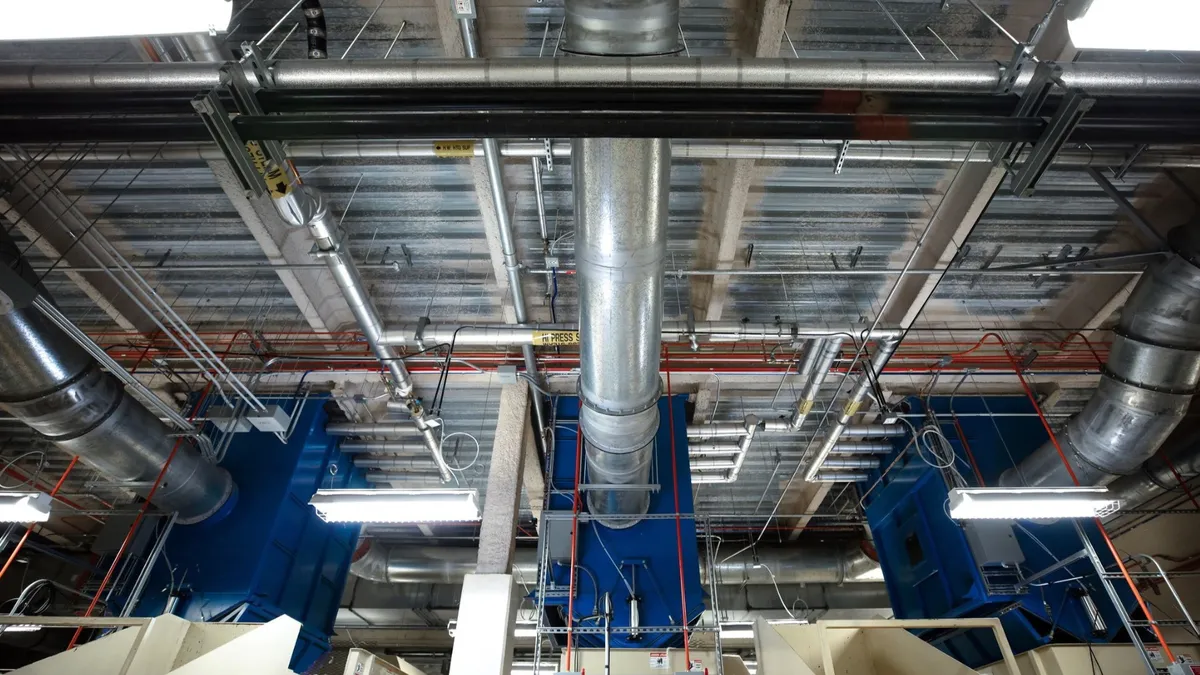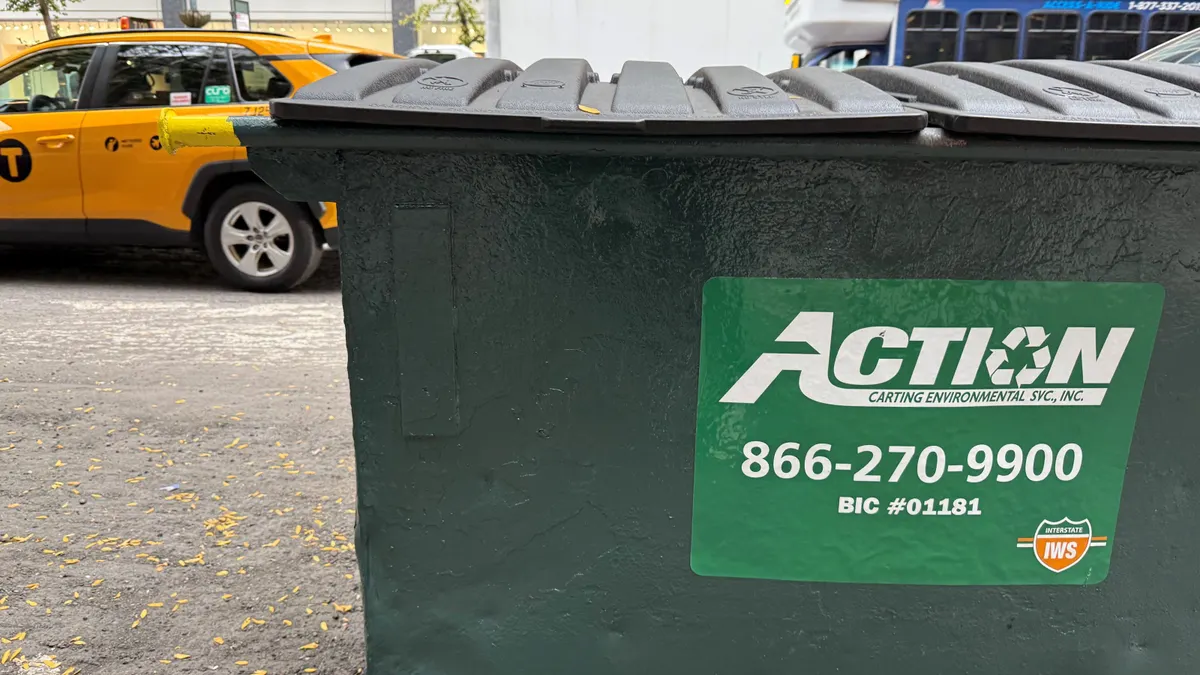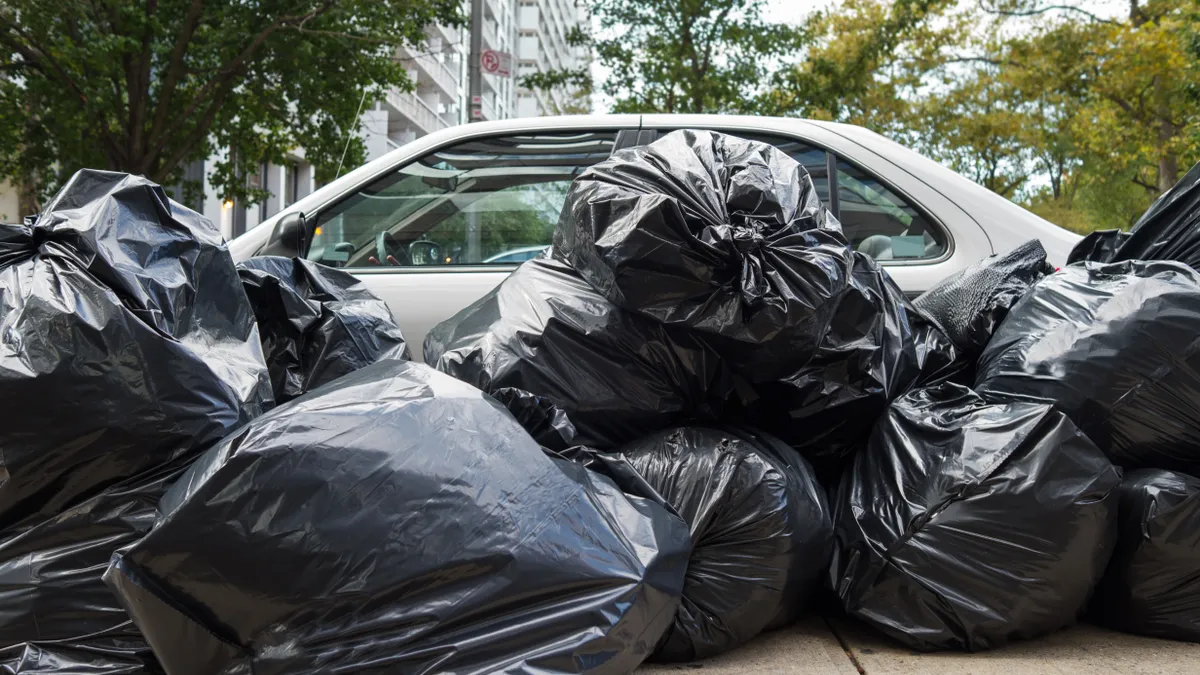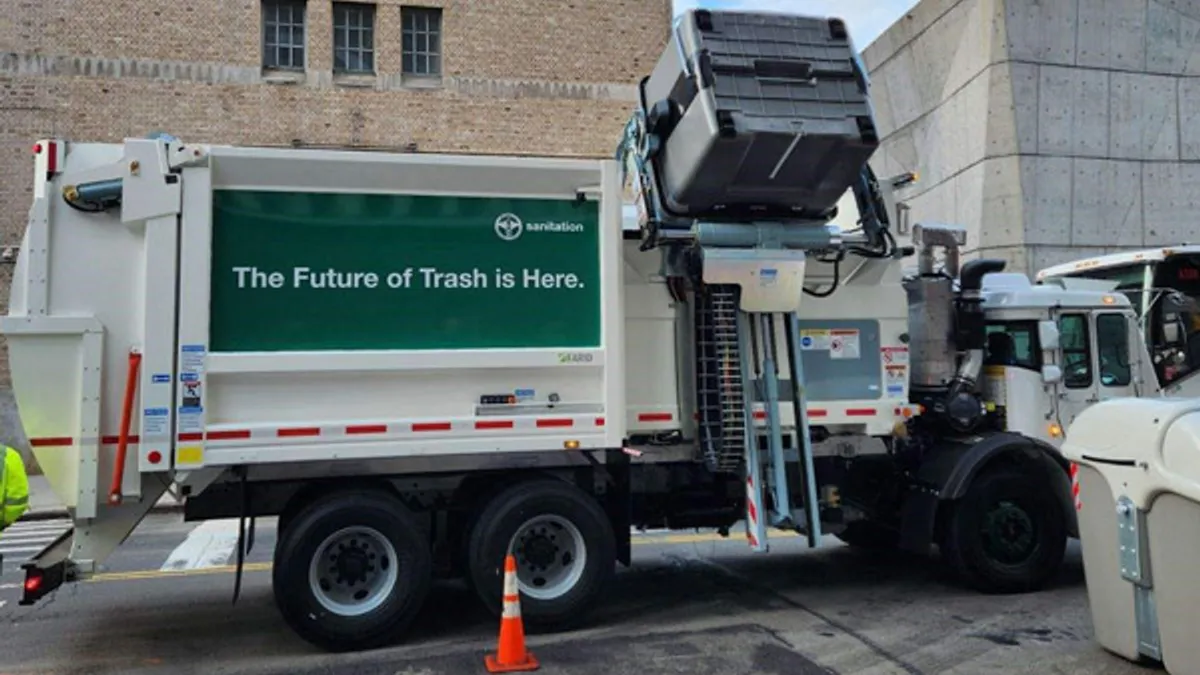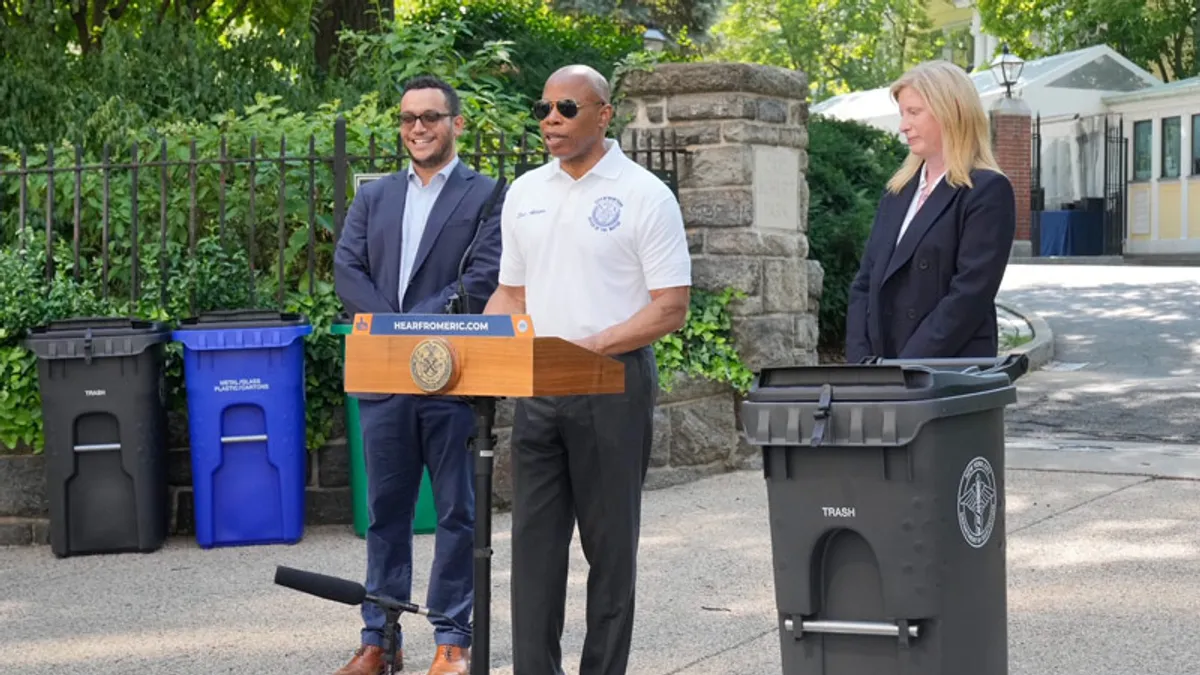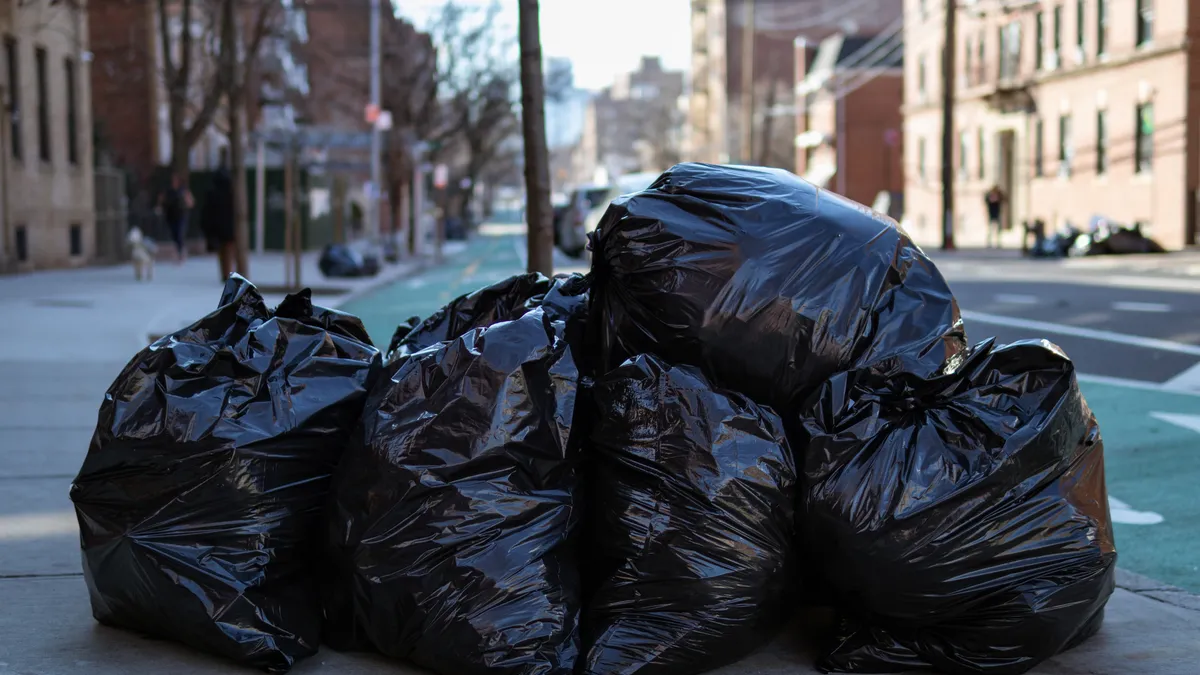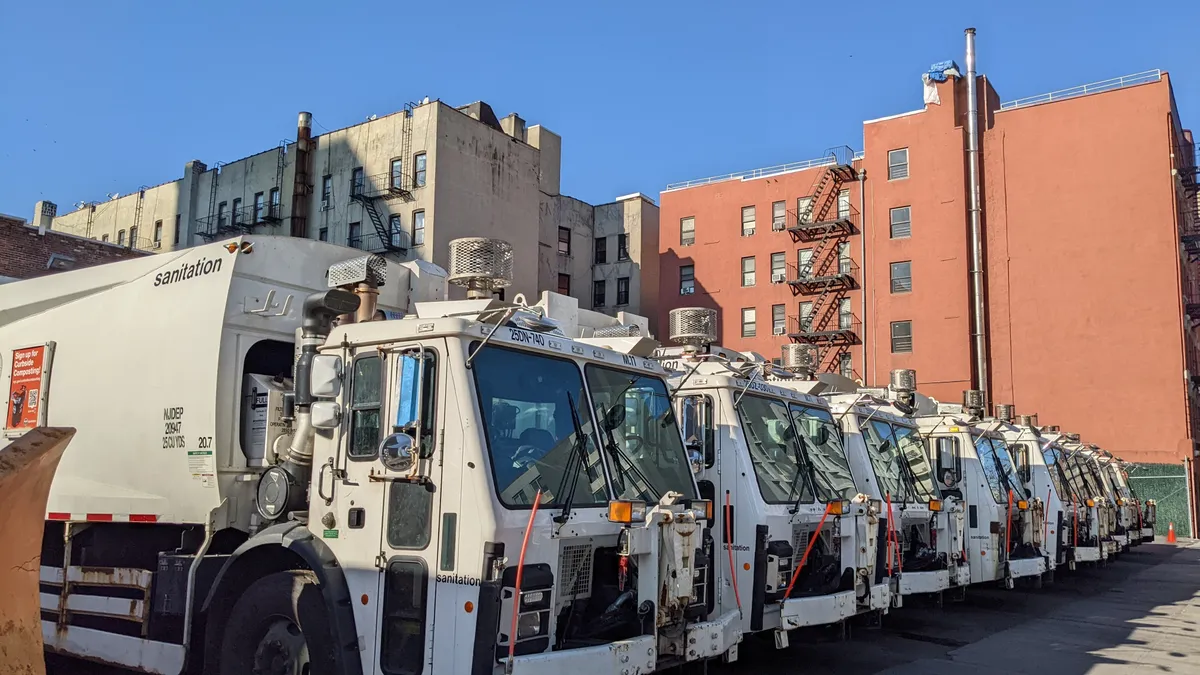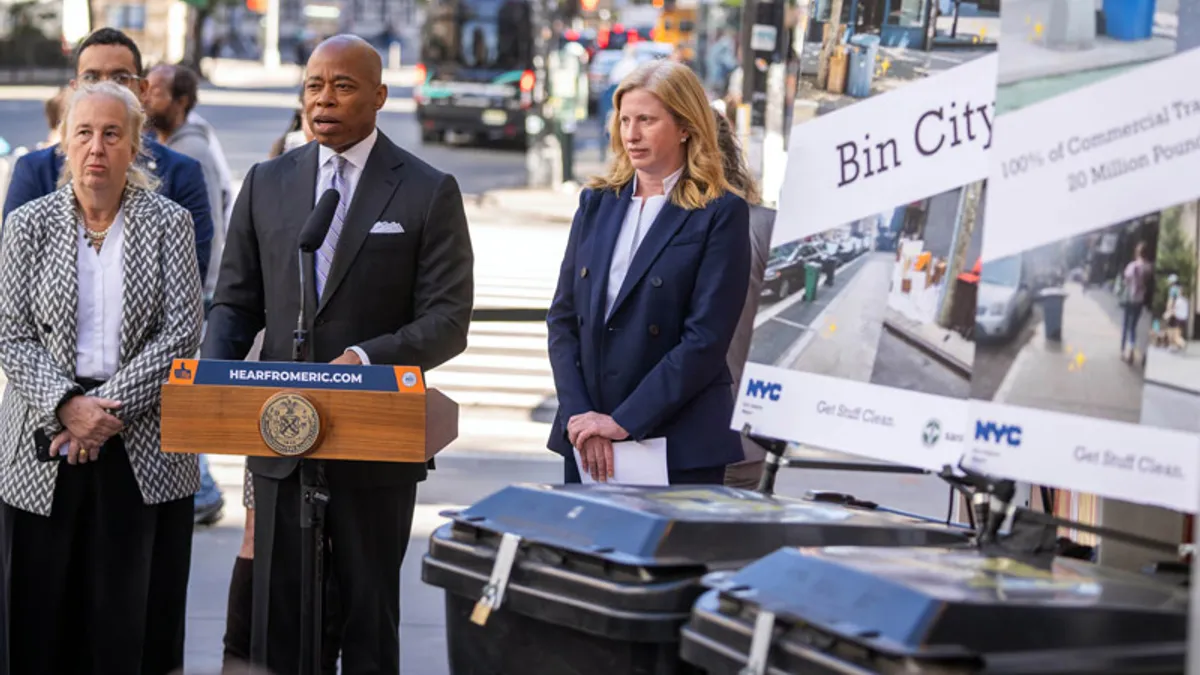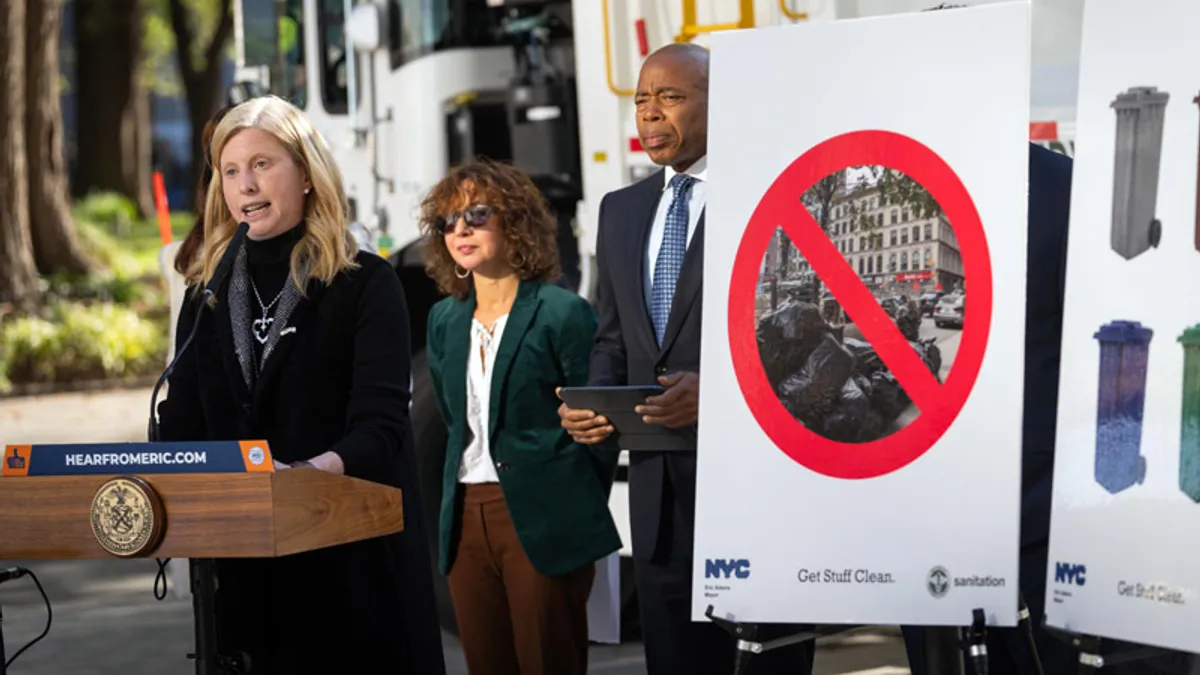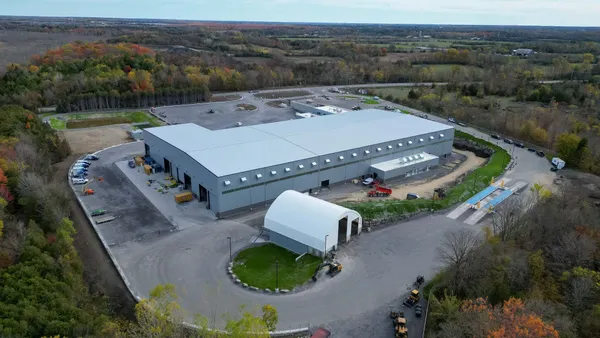The New York City Housing Authority recently announced progress on a containerized waste pilot, but that’s just one part of a broader waste rethink by the nation’s largest public housing entity.
As efforts involving containerization, pneumatic tubes, on-site composting and more gain momentum, the results could have a notable scale. Following a broader 2019 oversight agreement with the U.S. Department of Housing and Urban Development, the agency agreed to focus on improving waste collection and containerization to mitigate serious issues with rodents and pests.
NYCHA estimates that nearly 361,000 residents live within its buildings, more than the populations of some major U.S. cities. While collection service is provided by a mix of the city’s Department of Sanitation, private haulers and NYCHA, the agency itself is responsible for transporting waste within developments. This is a leading cause of injury for NYCHA staff due to issues such as broken compactors and long distances within and between buildings, among other factors.
“Our overall waste management strategy is to make sure our waste is no longer everywhere and disorganized, we have pathways to capture materials that can be recycled better, our staff have better working conditions and most importantly, we improve the quality of life for our residents,” said Vlada Kenniff, senior vice president for sustainability, in a statement.
Clean Curbs pilot
Last week, NYCHA announced a contract with distributor WasteTech Solutions for equipment and services to launch the Clean Curbs for All pilot that will bring a European collection approach to the city.
Five NYCHA developments in South Brooklyn will test a hoist-collected containerization system, starting in the first half of 2024. NYCHA estimates the two-year pilot will cover 3,650 tons of waste and recyclables from 4,000 residents, using an estimated 70 containers. The program is funded in part by $1.7 million from the city, with the contract worth up to $4 million.
“This is a big step for New York City, catching up with best waste collection practices used in Europe. We think that mechanically lifted, high-capacity containers are a great solution to the city’s waste collection challenges,” said WasteTech CEO Diego Barberena in a statement.
Barberena said the company will use two Mack LR trucks with semi-automated hoists and containers from European company Villiger.
Containers will be placed along the perimeter of properties, in consultation with the city’s Department of Transportation, allowing staff to deposit waste throughout the day rather than piling bags up at set-out times.
The agency was mindful of finding locations that avoided interference with overhead wires or trees due to safety factors, and two staff will also be present with each truck during collection.
Katy Burgio, senior program manager for NYCHA, said that agency staff will be running this pilot, but “we definitely would want to work with [DSNY] for the potential for them to operate the vehicles for future expansion,” and the agency sees the possibility to make this “a much bigger project.”
The approach could be scaled to cover one-third of NYCHA’s portfolio, with a focus on sites where larger containerization is not an option, and could handle up to 33.5 tons of material per day. Using submerged containers for hoist collection is also a long-term goal.
While the hoist collection approach is more common in other countries, and submerged containers have been installed at a small scale in a couple Florida communities, it remains limited in the U.S. The concept was discussed as an option for New York in a 2017 “Zero Waste Design Guidelines” report produced by local architecture groups. DSNY recently indicated a preference to use automated side-load collection, rather than hoist collection, in other areas of the city as part of its broader containerization goals.
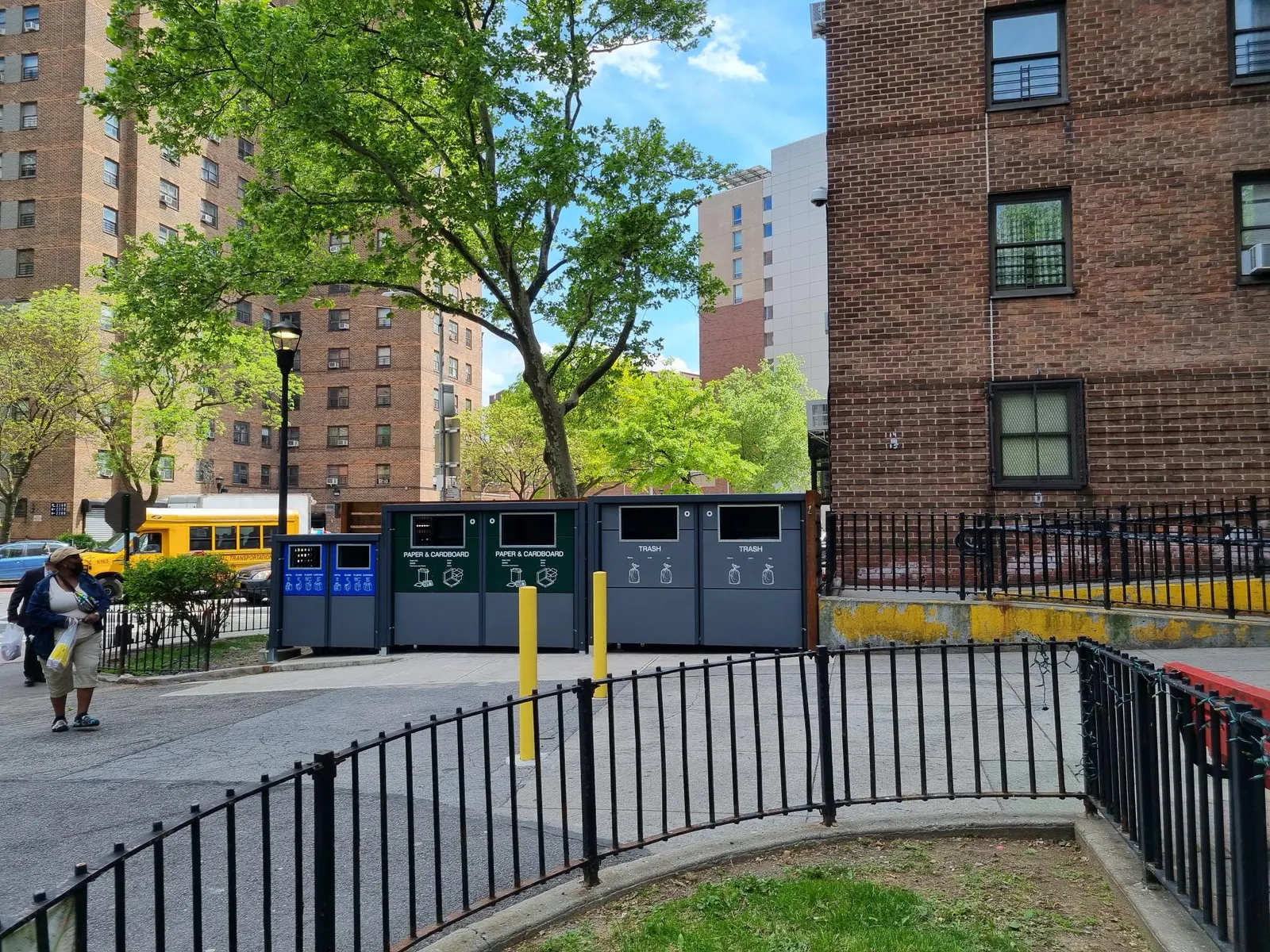
Waste yards
Other near-term changes include rethinking how waste is transferred, or potentially handled on-site, at NYCHA developments.
Burgio said part of funding from a broader $2.2 billion city capital action plan is dedicated to redesigning the agency’s portfolio of waste yards that are only designed to manage storage for refuse at each development. New designs, which are currently being finalized, will consider space for recyclables and organics. The agency aims to build 22 new yards within the next two years.
In the meantime, NYCHA has also been piloting bigger recycling containers or enclosures at three sites to help manage material. Residents generally have to carry their recyclables outside to bins in front of buildings, which often fill up quickly, whereas trash is generally managed via chutes. Metrostor has provided enclosures in certain areas as one pilot option. The company says the units are designed with clear graphics and a hands-free system to enable better recycling access.
Limited recycling access has long been an issue at NYCHA, leading to legal threats and multiple initiatives. In 2015, the city began installing nearly 2,000 recycling bins at NYCHA complexes, but diversion rates remained low. A 2017 law required DSNY to study recycling issues, which led to findings about improving access and convenience.
Now, NYCHA hopes to use the waste yard redesign as a way to better utilize the flexibility of its properties.
"We do have space and that leads to a lot of the unique solutions that we have to come up with, but it also is an asset,” said Juliette Spertus, an urban designer with NYCHA.
The agency currently runs eight on-site composting facilities in partnership with Green City Force and Compost Power, with the potential to scale up. NYCHA also says it is “the only New York City entity to provide large-scale mattress recycling” for residents, covering 39 developments. Additionally, the agency’s 2019 waste management plan outlined bulk waste, electronics and textiles as other potential focus areas.
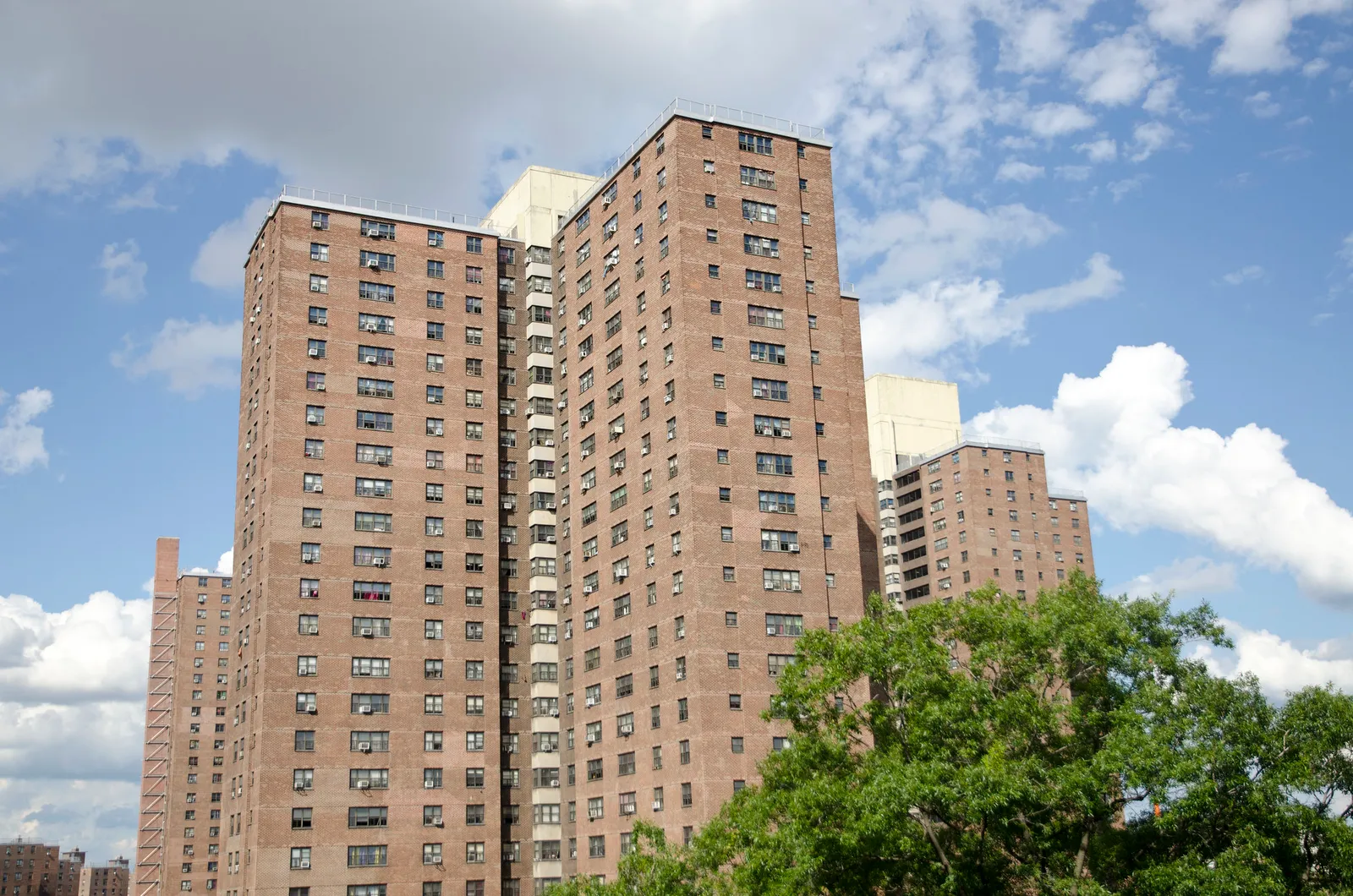
Pneumatic tubes
Another key project underway is a $31 million pneumatic tube system, which is a favorite of local waste designers, at the Polo Grounds complex in Manhattan. Once complete, NYCHA said this will be the largest installation of pneumatic waste tubes for residential use in the U.S. since the ‘70s.
Designs are being finalized, and concrete has been poured for the terminal building’s foundation and walls. The system could be fully operational by Q3 of next year, with capacity for two streams (refuse and metal/glass/plastic) and future potential for a third.
The system, using technology from Atreo, will connect to existing trash chutes and route waste underground to a collection point. The concept has been used in buildings on the city’s Roosevelt Island for decades and is more common in some other countries. The latest version uses similar technology aside from newer anti-corrosion methods. The agency previously estimated this could save “hundreds of thousands of dollars each year in operating costs,” and the system could also yield worker safety benefits.
Spertus, who previously worked on a project to run tubes along the High Line park in Manhattan, said the Polo Grounds was a good starting point for multiple reasons.
“It’s a very compact site with a high volume of waste generation, because we have four 30-story towers,” she said. “It's really one of the densest campuses that NYCHA has.”
Rodent issues are also a key concern at the site. Another factor is that Polo Grounds is adjacent to Rangel Houses, another NYCHA development, allowing the potential for further efficiency. While Rangel Houses is soon transitioning to private development, the Polo Grounds pneumatic project has been sized to accommodate future connection.
While retrofitting existing buildings with pneumatic tubes can be complicated, further opportunities to scale could occur during upgrades or new construction projects at NYCHA — or elsewhere in the city.
"We're really looking to learn from this installation, work out the complexities of installing this on a NYCHA campus and looking for opportunities to install this in the future,” said Siobhan Watson, deputy director of sustainability programs, adding that the agency is assessing “all possible government grant opportunities to see if funding can align.”
Correction: This story has been updated to correct a reference to DSNY’s preferred collection approach. The agency prefers automated side-load collection for future containerization efforts.


